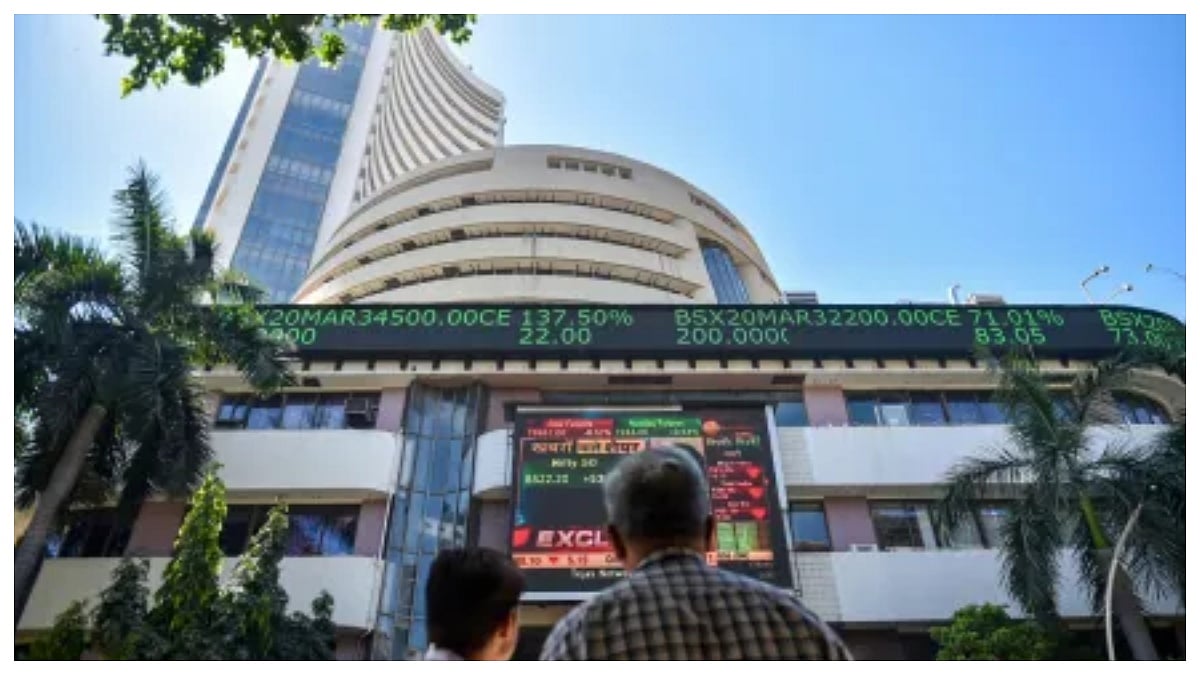The e-commerce arms of telecom giants have become the digital marketplaces where customers shop for everything from the latest smartphones to bundled data plans. Yet behind the sleek websites and one-click upgrades lies a constant battle against downtime, lag, and unexpected traffic surges. In a world where customers abandon carts if a page takes more than a few seconds to load, reliability is no longer optional; it’s a competitive weapon.
Over the past few years, a quiet revolution has been taking place in the way these platforms are built and maintained. Site Reliability Engineering, once a niche discipline, has moved to center stage. And few embody its potential quite like Priyadarshini Jayakumar, a telecom e-commerce SRE professional whose work has kept global platforms running seamlessly during the very moments when failure would have been most costly.
Priyadarshini remembers one high-stakes weekend when a telecom client launched a nationwide promotional offer. Traffic spiked beyond forecasts, peaking in some regions at triple the normal load. For most systems, this would have been a crisis. But due to a traffic pattern segmentation framework she had deployed across multi-cluster, dual data centers, the load was intelligently split and rerouted. Not a single transaction failed. “We wanted the system to react before customers ever felt the pressure,” she recalls. “That’s the real measure of reliability.” It’s a measure she has delivered repeatedly. By anticipating how traffic moves across regions and time zones, she has helped cut downtime by 99.9% and improve application performance by 40%. For customers, that’s the difference between a sale and a bounce.
In telecom e-commerce, updates are unavoidable, whether it’s a new payment integration or a seasonal campaign. The real challenge is rolling them out without service interruptions. Priyadarshini’s answer has been blue/green deployments combined with segmented routing, a method that allows teams to test features in real time with live users. “Every release is a chance to learn,” she says. “We can test, observe, and switch without customers noticing anything.” This approach has delivered over five years of zero-downtime releases, a rare feat at this scale. It’s also accelerated time-to-market for new features by 60%, turning releases from a risk into a competitive advantage.
Reliability often comes with the perception of higher costs, but she has challenged that assumption. Her automated environment provisioning systems spin up infrastructure only when needed, avoiding the expense of keeping long-running environments active. “One project saved more than $500,000 a year,” she notes. This efficiency is backed by predictive analytics that reroute traffic before issues escalate. The result is fewer incidents, shorter outages, and 25% lower infrastructure costs, all while maintaining performance.
Of course, not all challenges have straightforward solutions. Traffic modeling for telecom platforms, where demand fluctuates with everything from sporting events to local holidays, meant building a custom data model compatible with existing load balancers and monitoring tools. Coordinating active-active infrastructures across continent required automation so precise that systems could sync without human intervention. “It wasn’t just about tools,” Priyadarshini says. “It was about designing processes that could adapt to anything the real world threw at us.”
What makes her work stand out isn’t just the uptime; it’s how reliability has been woven into the business itself. By analyzing user behavior in real time, her traffic segmentation strategies have also improved personalization, boosting conversion rates by 30%. “When routing decisions take both performance and user intent into account, you’re not just keeping the site up, you’re making it smarter,” she says. This blend of technical depth and business awareness is what the expert believes will define the next era of telecom e-commerce.

Looking ahead, she sees three big shifts: AI-powered predictive failover to preempt outages, behavior-based routing to fine-tune personalization, and the growing role of chaos engineering—intentionally breaking systems in production to uncover weaknesses before customers do. From her perspective, telecom e-commerce will only get more complex. “Reliability will be the differentiator as much as pricing or product selection. If you’re not building resilience into your core, you are already behind.”
Her advice for the industry is as clear as it is urgent: “Don’t think of reliability as insurance. Think of it as your growth engine.”
As the demands on telecom e-commerce intensify, it’s the quiet, precise, and relentlessly forward-looking work that ensures these platforms can keep up. For the customer, it might just feel like another smooth shopping experience. For those behind the scenes, it’s the result of engineering designed not just to keep the lights on, but to keep the future running.










